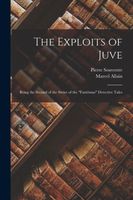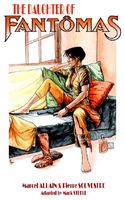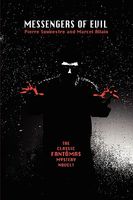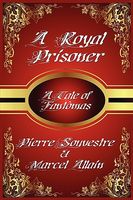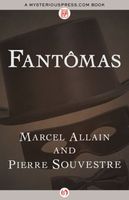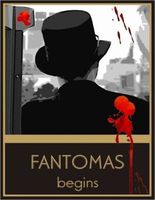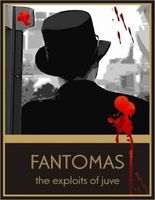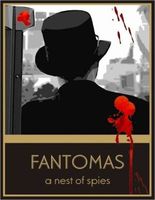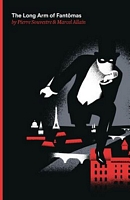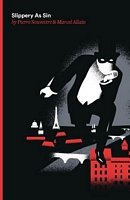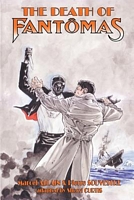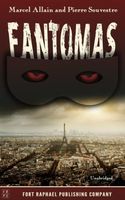- Welcome to FictionDB, Guest
- | My Account
- | Help

Pierre Souvestre
Full Series List in Order
Fantomas
1 - Fantomas (Feb-2010)2 - The Exploits of Juve (Nov-2011)
3 - Messengers of Evil (May-2009)
4 - A Nest of Spies (Nov-2011)
5 - A Royal Prisoner (Jul-2009)
6 - The Long Arm of Fantomas (Apr-2016)
7 - Slippery as Sin (Apr-2016)
Begins (Nov-2011)
Book List in Order: 12 titles
-
The Daughter of Fantomas
- Aug-2006
- / Historical Mystery
-
FantĂ´mas rises from the grave (literally), having just escaped from the clutches of the Hangman of London, and leads his two nemeses, Policeman Juve and Journalist Fandor, on a wild chase that takes them from a plague-infested ocean liner to the dea...
-
Messengers of Evil
- May-2009
- / Mystery
-
One of the most popular characters in the history of French crime fiction, FantĂ´mas was created in 1911 and appeared in a total of 32 volumes written by the two collaborators, then a subsequent 11 volumes written by Allain alone after Souvestre's de...
-
A Royal Prisoner
- Jul-2009
- / Mystery
-
"Marcel Allain (1885 - 1969) was a French writer remembered for his co-creation with Pierre Souvestre of the fictional arch-villain and master criminal Fant""mas. Allain studied law before becoming a journalist. In February 1911, Allain and Souvestre...
-
The Exploits of Juve
- Nov-2011
- / Mystery
-
The scourge of Paris commits his most ingenious crime yet The second installment in this groundbreaking series opens with a crime that even Inspector Juve, dedicated hunter of the archvillain Fantmas, finds impossible to believe: A woman has been ...
-
A Nest of Spies
- Nov-2011
- / Mystery
-
Fantomas now appears as the representative in Paris of a Foreign Government whose real business is to obtain important military secrets for Germany. Juve succeeds in defeating his efforts, but the criminal himself escapes once more.Notice: This Book ...
-
The Long Arm of Fantomas
- Apr-2016
- / Suspense
-
Juve languishes in prison after being arrested as FantĂ´mas, but when the Minster of Justice is kidnapped, the public is thrown back into fear and confusion, doubting whether it is really FantĂ´mas who has been thrown in jail. Following this renew...
-
Slippery as Sin
- Apr-2016
- / Suspense
-
Intrepid journalist Jerome Fandor picks up the trail of FantĂ´mas in London, but before he can relay the details to Inspector Juve in Paris, the Lord of Terror pounces. Meanwhile a certain Dr. Garrick, suspected of the murder of his missing wife, ...
-
-
The Death of Fantomas
- Jun-2017
- / Mystery
-
From the deadly streets of St. Petersburg to the Palaces of India, from the back alleys of Paris to the deck of the Titanic, this prodigious saga tells the story of the death of FantĂ´mas, and of his arch-nemesis, Detective Juve. Defying the Tsarâ...
-
The Exploits of Juve; Being the Second of the Series of the Fantômas Detective Tales
- Oct-2022
- / General Fiction
-
Unlike some other reproductions of classic texts (1) We have not used OCR(Optical Character Recognition), as this leads to bad quality books with introduced typos. (2) In books where there are images such as portraits, maps, sketches etc We have ende...
